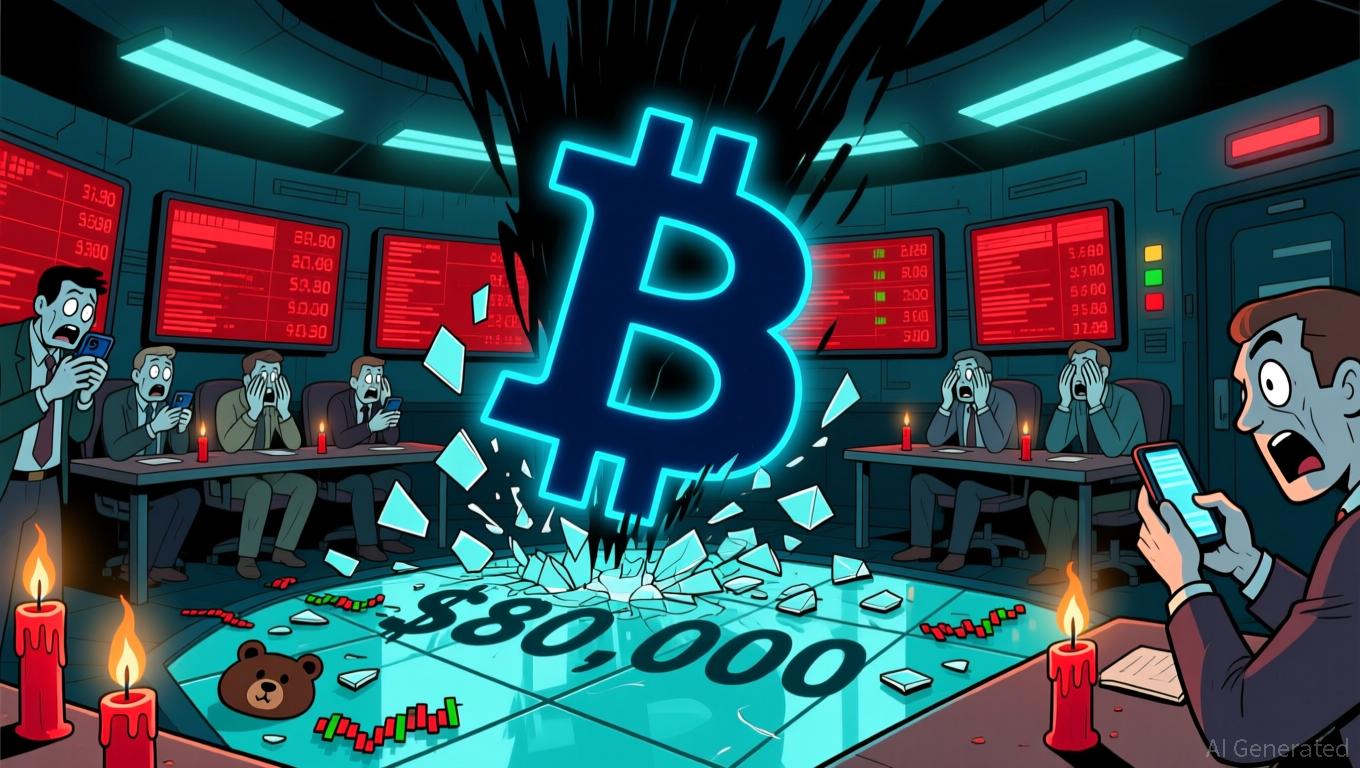Ethereum Faces Pressure as It Fails to Reclaim $4,000
Quick Take Summary is AI generated, newsroom reviewed. Ethereum struggles under $4,000 as network activity drops 23 percent. Rival chains like Solana and BNB Chain gain users and liquidity. Altcoin ETFs create fresh competition and divert capital from ETH. Ethereum needs strong upgrades and higher activity to regain bullish momentum.References ⚡️ INSIGHT: Ethereum struggles to reclaim $4,000 as network activity drops 23% and competition from Solana, BNB Chain, and altcoin ETFs intensifies. Can ETH turn bul
As we enter the late stages of 2023, Ethereum enters a tough period. The price outlook weakens for Ethereum as traders loses faith after a series of unsuccessful attempts to reclaim the $4,000 level. Market conditions soften as investors watch competing chains build more robust narratives. Mood within the ecosystem disengages as users slow down the activity and new capital flows away from ETH.
Falling Network Activity Fuels Concerns and Boosts Competitors
Network activity on Ethereum drops nearly 23 percent, and this decline worries long-term supporters. The slowdown signals a shift in user engagement as developers and traders explore faster and cheaper alternatives. The Ethereum price outlook stays under pressure because markets react quickly to behavioural changes.
Many fear that this slowdown reflects larger structural concerns rather than a short-term correction. Competition intensifies as Solana, BNB Chain and altcoin ETFs attract users who want lower fees and higher throughput. These alternatives create new demand cycles while ETH tries to hold its position as the top smart contract platform. The ETH market trend struggles to turn optimistic because strength shifts across ecosystems.
⚡️ INSIGHT: Ethereum struggles to reclaim $4,000 as network activity drops 23% and competition from Solana, BNB Chain, and altcoin ETFs intensifies.
— Cointelegraph (@Cointelegraph) November 14, 2025
Can ETH turn bullish before 2025 ends? pic.twitter.com/2PZDUQU5Ov
Ethereum Faces a Drop in Utility as Network Activity Slides
Ethereum activity falls 23 percent, and this sharp reduction hits confidence in the short term. Fewer transactions, fewer active wallets and slower dApp usage hurt the ETH market trend. Developers track on-chain data and identify a clear migration of activity toward platforms with faster execution. This shift threatens Ethereum’s long-held dominance.
Users are still frustrated by high transaction costs. Some traders prefer Solana for its speed, while others understand BNB Chain as low-cost platform for their activity.These factors will influence the price outlook for Ethereum as traders essentially re-evaluate their allocation strategies. In the meantime, the ecosystem is waiting for large-scale updates that enhance both scaling and congestion.
Despite the slowdown, ETH still hosts the strongest developer community. Thousands of projects rely on its foundational security model. The network needs renewed momentum because risks rise when users explore other chains. Ethereum leaders encourage long-term building while traders demand short-term performance.
Can ETH Turn Bullish Before 2025 Ends?
Ethereum needs strong catalysts to turn bullish before year-end. Markets look for higher network activity, renewed developer excitement and better liquidity. The ETH market trend will shift only when buyers show confidence through consistent accumulation.
Upcoming upgrades may help Ethereum fix congestion and improve scalability. These changes matter because users want faster settlement, lower fees and smoother dApp performance. When these upgrades improve real usage, the Ethereum price outlook may strengthen again.
For now, Ethereum must defend key support zones and prevent further outflows. Traders watch liquidity, ETF volumes and competitor growth. The market rewards ecosystems that deliver speed, affordability and better user experience. Ethereum still leads in smart contract value, but competition grows stronger every month.
Disclaimer: The content of this article solely reflects the author's opinion and does not represent the platform in any capacity. This article is not intended to serve as a reference for making investment decisions.
You may also like
Bitcoin News Update: Institutions Acquire Crypto Shares Amid Rising Bearish Bets on Bitcoin
- Bitcoin's $80,000 put options dominate trading with $2B open interest, signaling sharp bearish reversal after its worst monthly drop since 2022. - ETF outflows accelerated declines, with $3.8B November redemptions, while Ark Invest added $38.7M in crypto equities amid market fragmentation. - Analysts warn leveraged losses ($19B in October) and forced liquidations amplify downturn, with Citi noting critical support at $80,000. - Market remains divided: Binance calls pullback "healthy," while Peter Brandt

Hyperliquid News Today: Speculation Drives Meme Coin Rally Despite Regulatory Alerts
- Meme coins surged on Nov 24, 2025, with PIPPIN rising 80% in 2 hours to $0.053 and $53.15M market cap. - BANANA (+20%) and TNSR (+50%) joined the frenzy, reflecting speculative flows shifting to high-risk assets amid Bitcoin stabilization. - Perpetual DEX protocols hit $4.24M daily revenue while Fed rate-cut expectations and token unlocks fueled volatility. - Regulators warned of risks as India exposed an AI-generated deepfake fraud, highlighting sector instability and regulatory scrutiny. - Analysts cau

Bitcoin News Today: JPMorgan’s Alert Ignites Discussion: Does MicroStrategy Serve as a Stand-In for Bitcoin or Function as a Business Entity?
- JPMorgan warns MSCI's potential exclusion of crypto treasury firms like MicroStrategy could trigger $8.8B in passive outflows, sparking market debates over corporate classification. - MicroStrategy CEO Michael Saylor rejects criticism, emphasizing the firm's "Bitcoin-backed operating" model with $500M software revenue and 649,870 BTC holdings. - Bitcoin's $81,500 slump and 23% Coinbase drop highlight institutional unease, while MSTR stock absorbs hedging pressure as crypto investors' proxy. - Analysts sp
Fed Faces Tough Choice: Balancing Inflation Management and Job Market Stability
- The Fed faces a December meeting dilemma: cut rates to ease labor market strains or maintain rates to combat persistent inflation above 2%. - Officials like Susan Collins argue current 3.75%-4% rates remain appropriate, while John Williams supports a 25-basis-point cut to reach neutrality. - Data gaps from the government shutdown delay key labor market insights, complicating decisions as Beth Hammack warns cuts risk prolonging inflation. - The FOMC will end quantitative tightening in December, signaling

